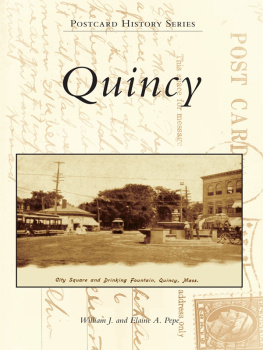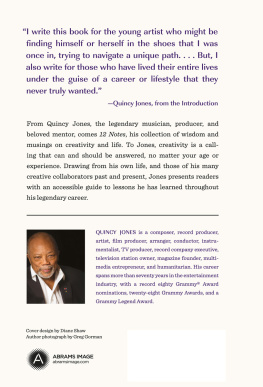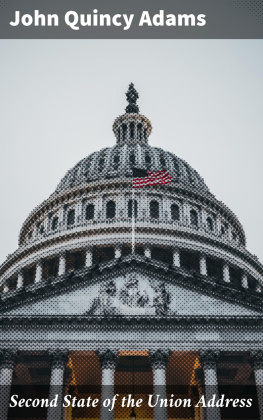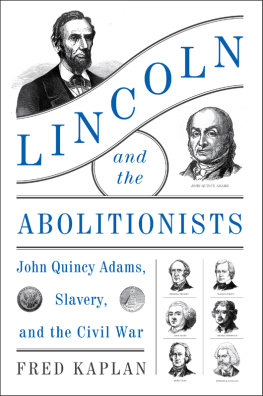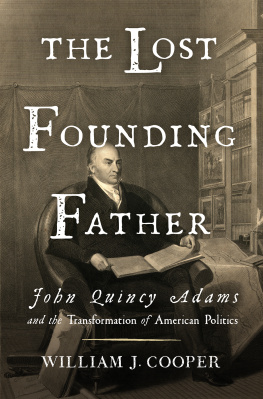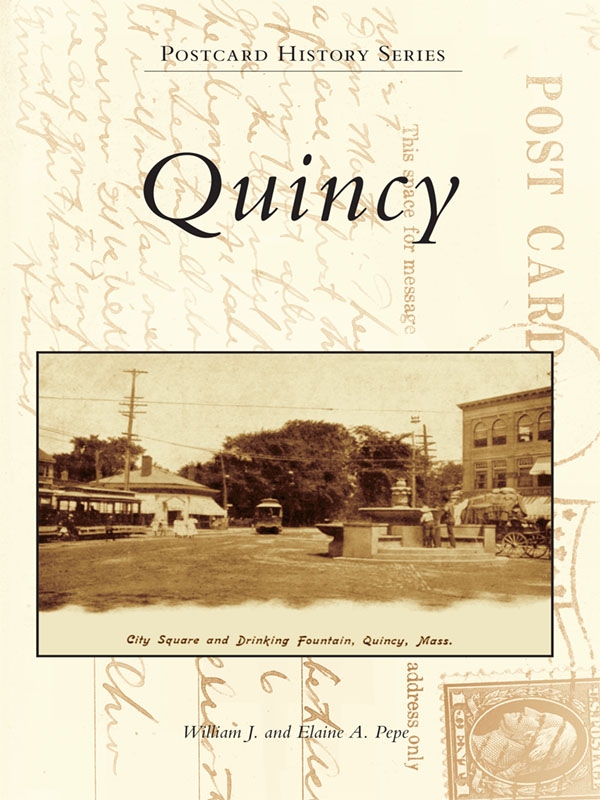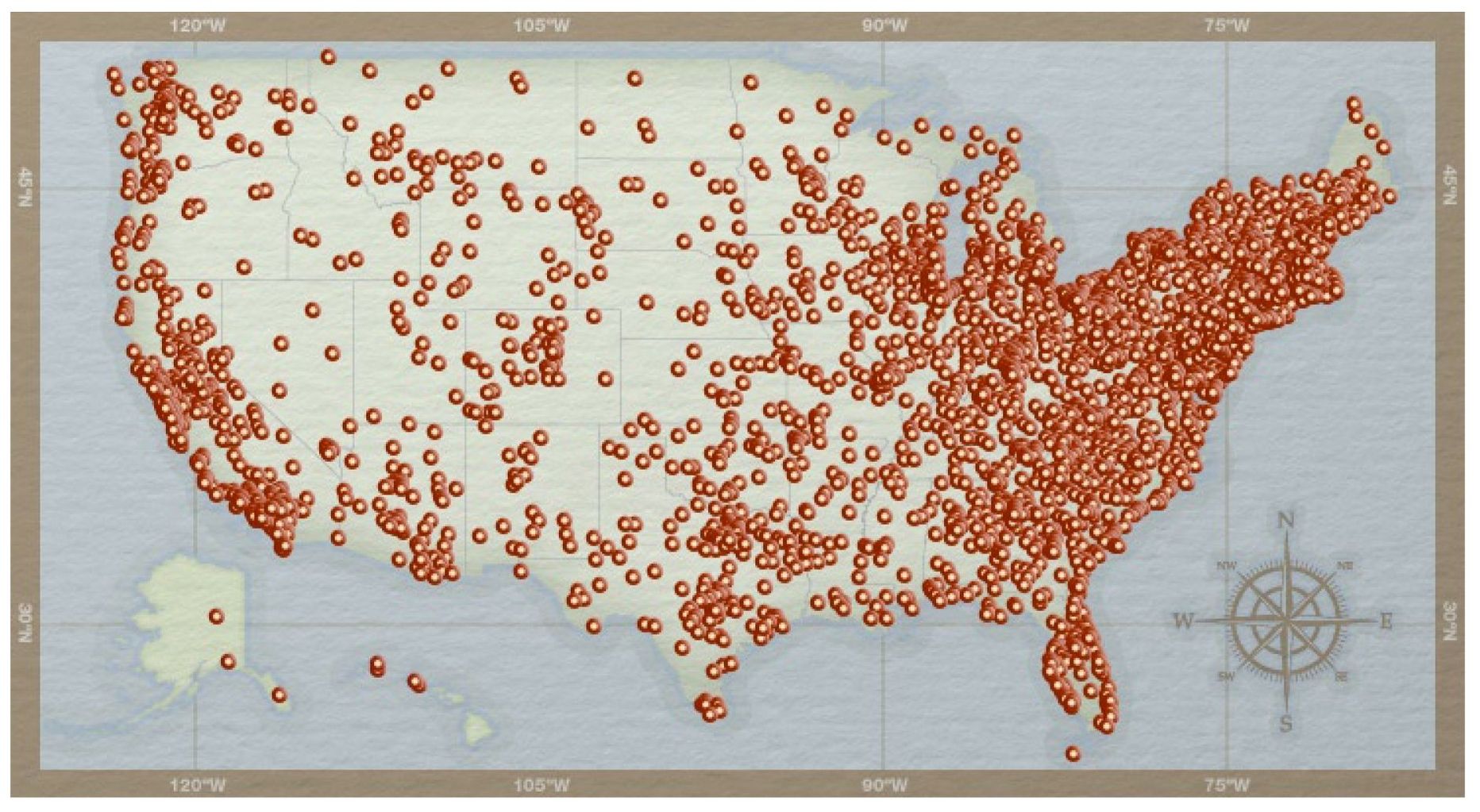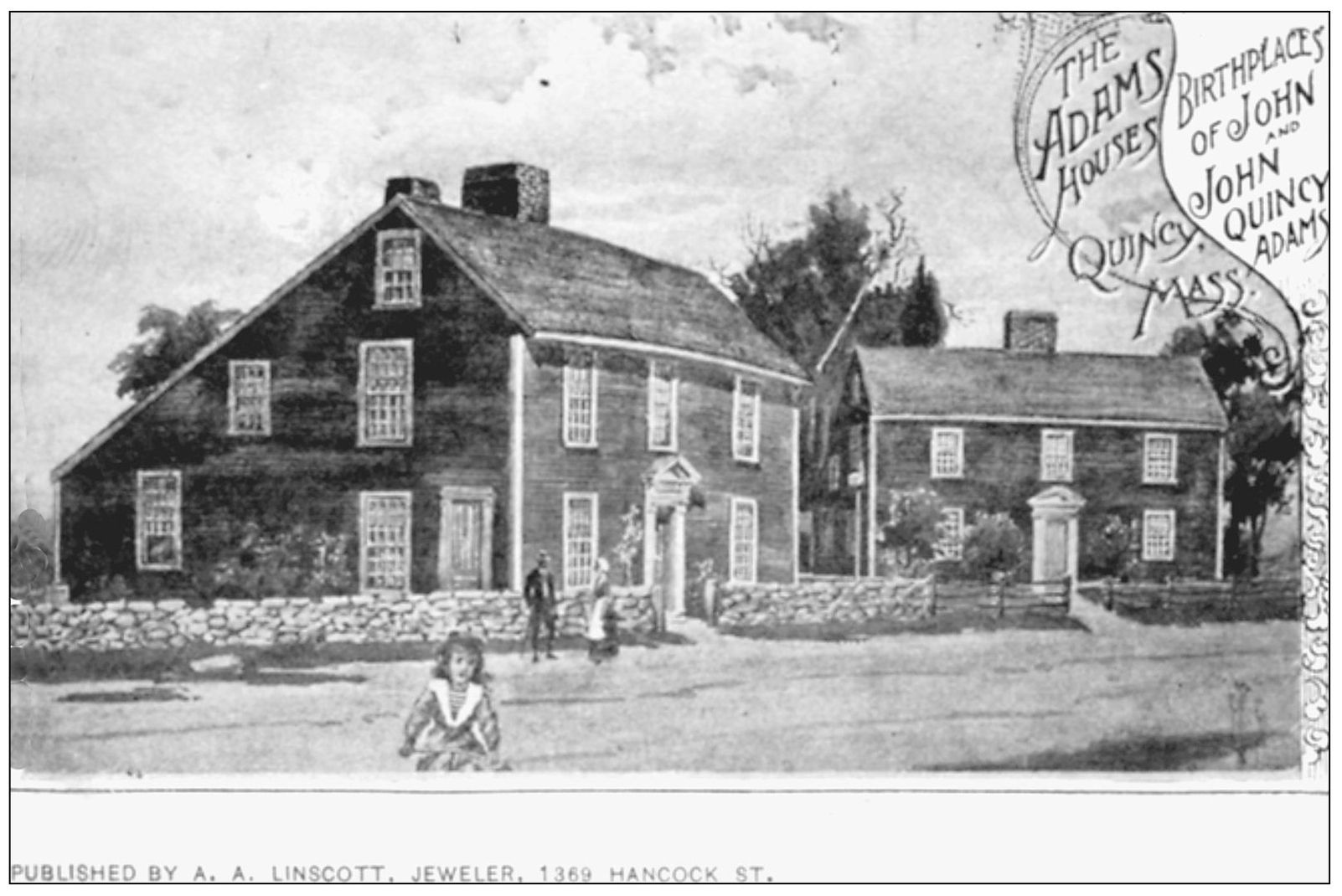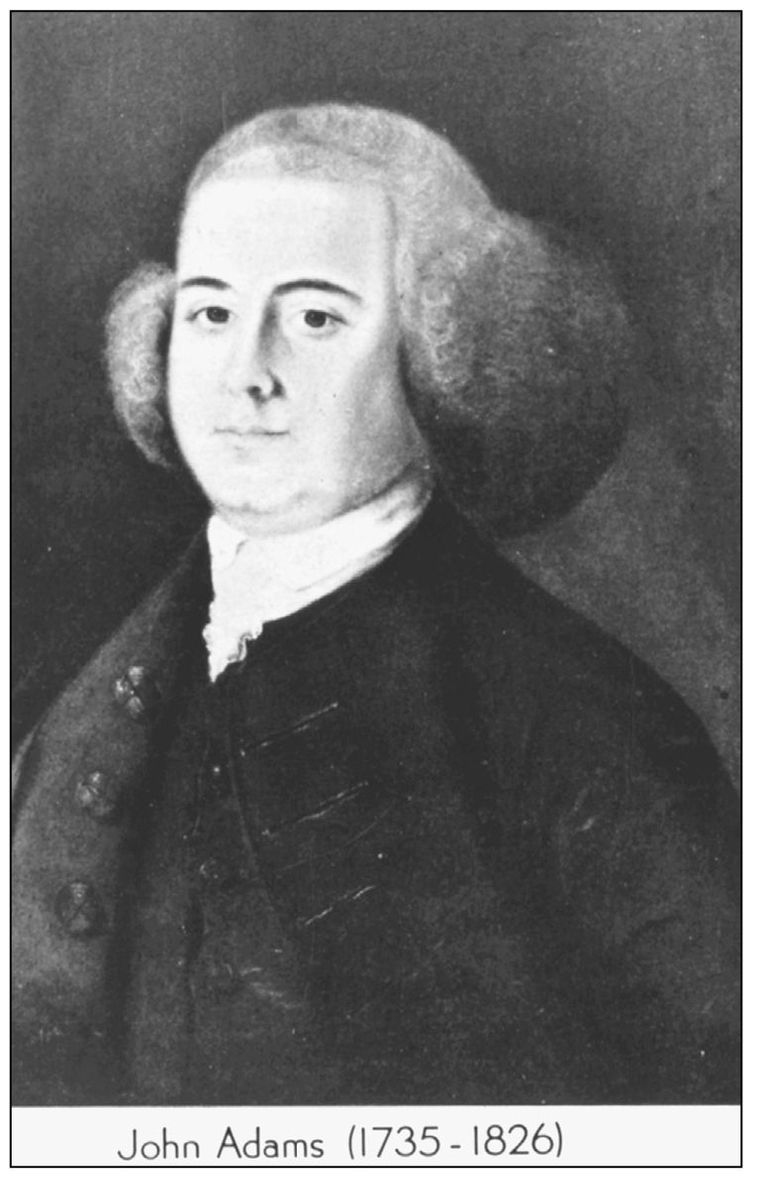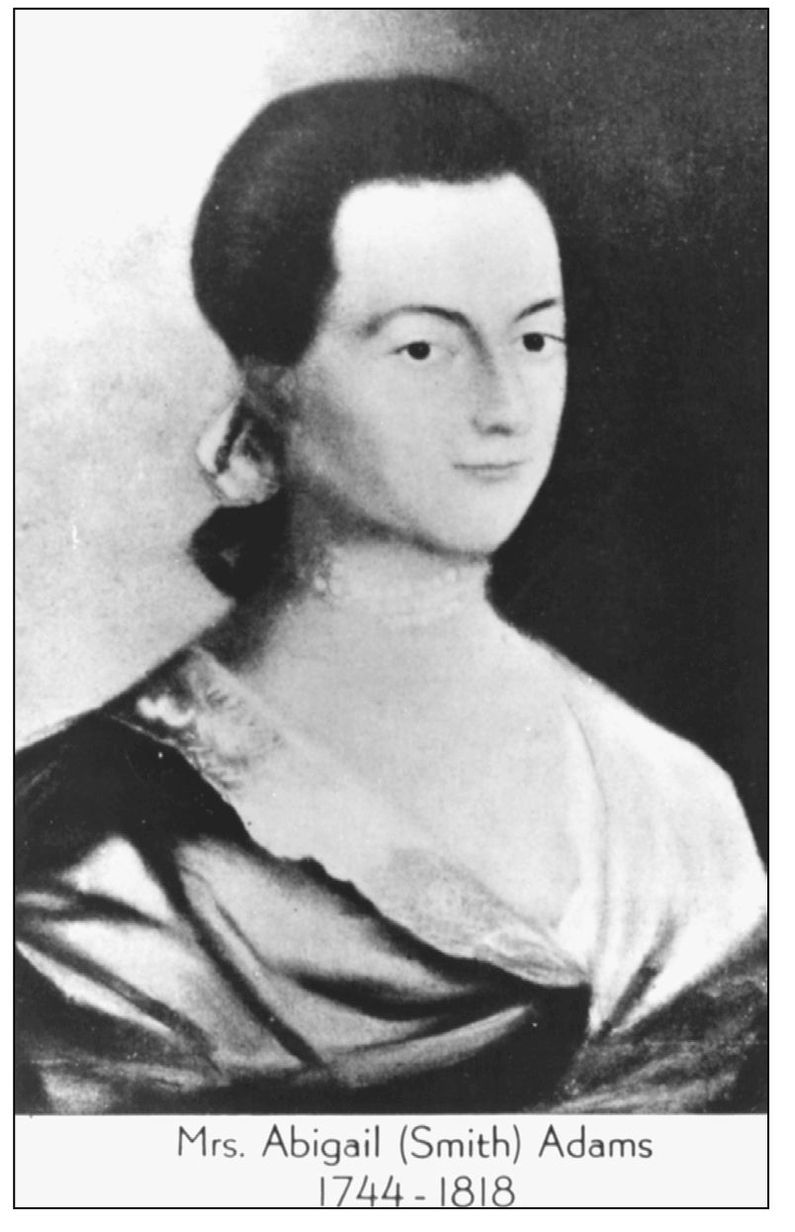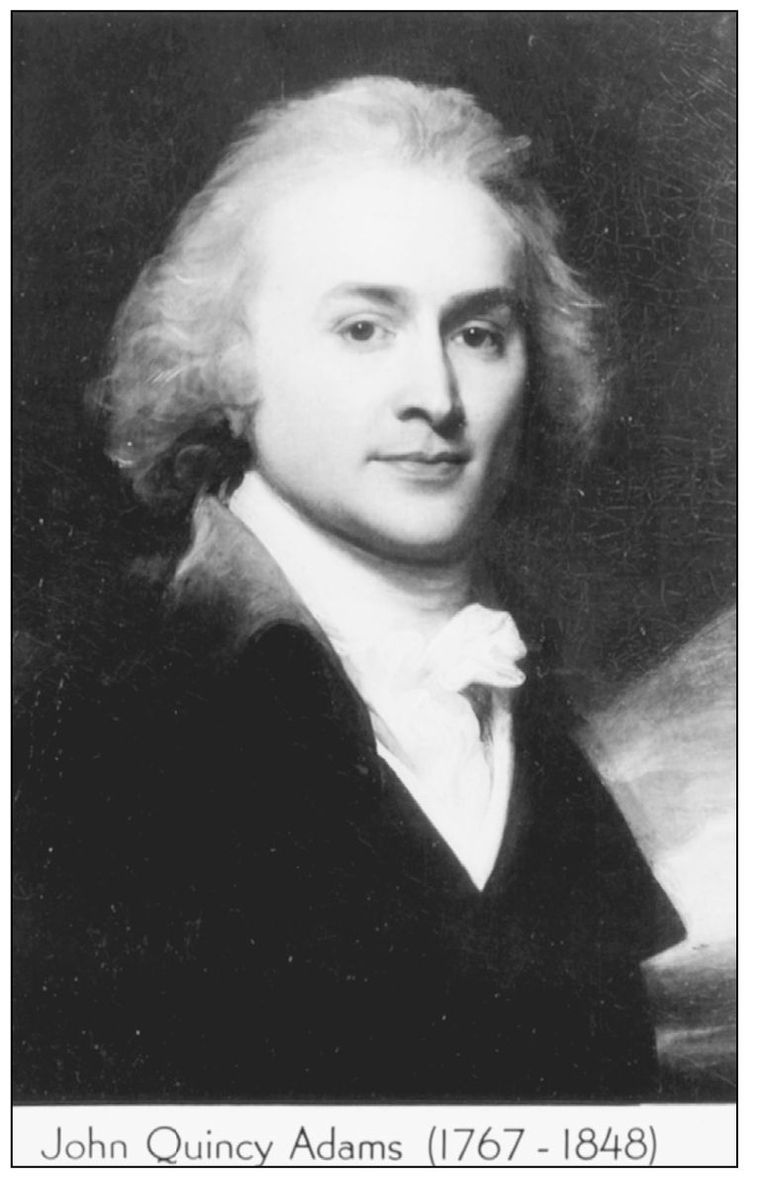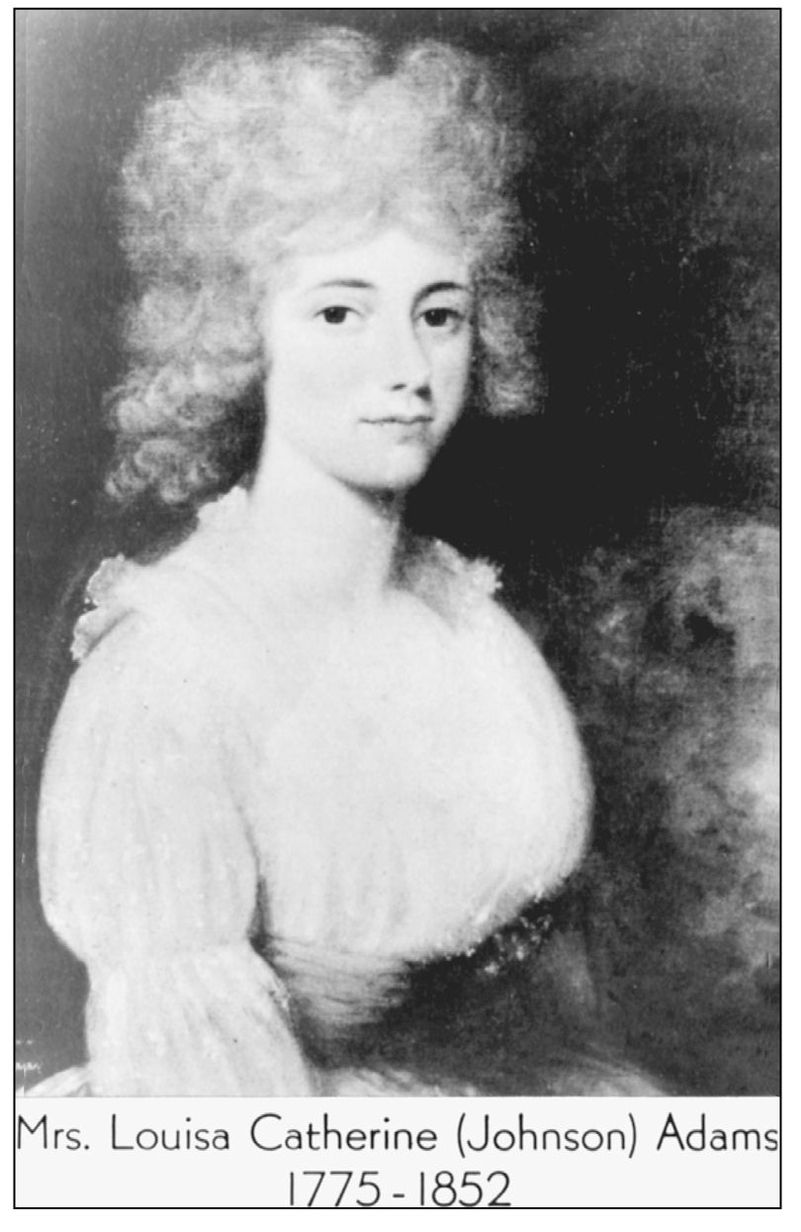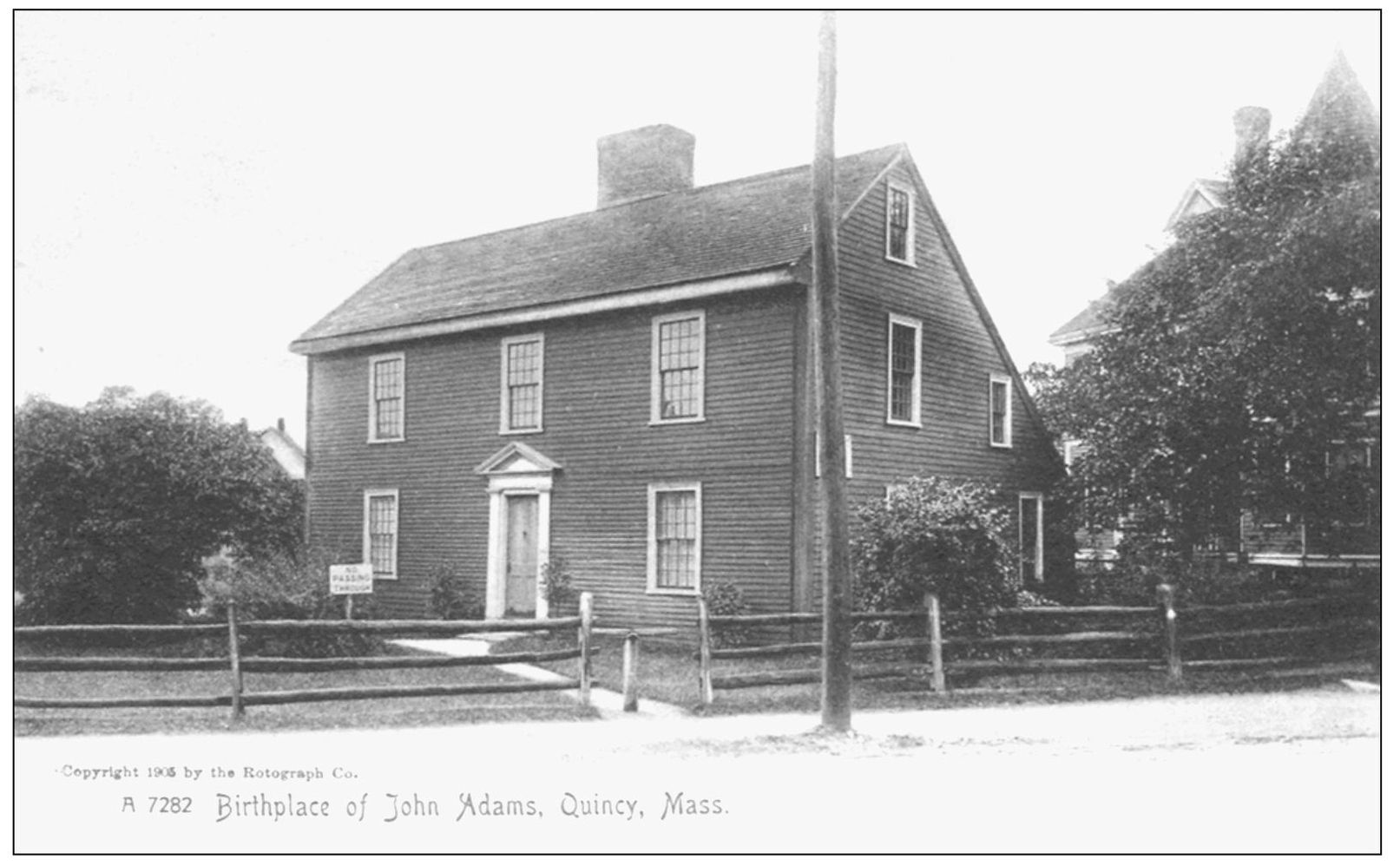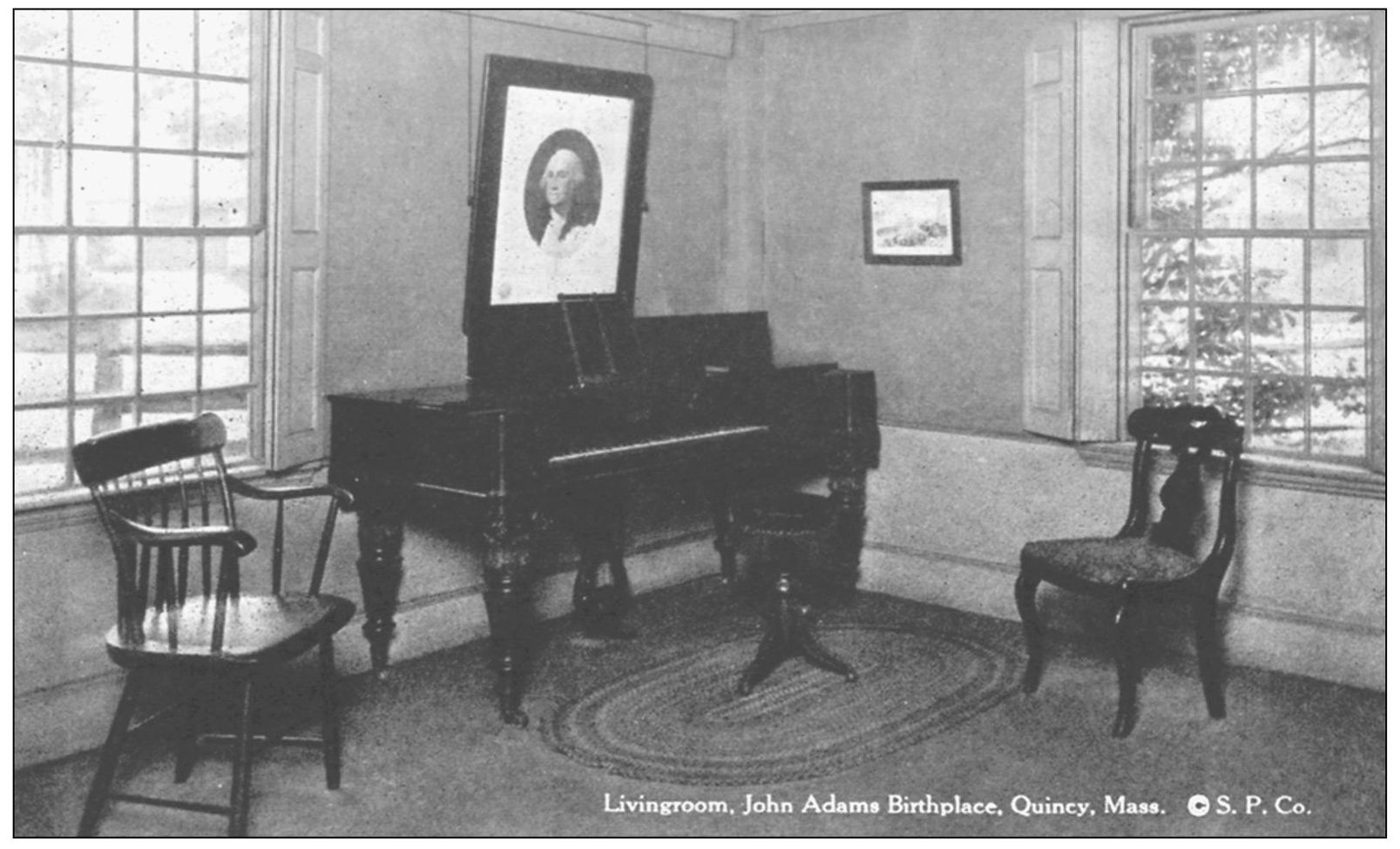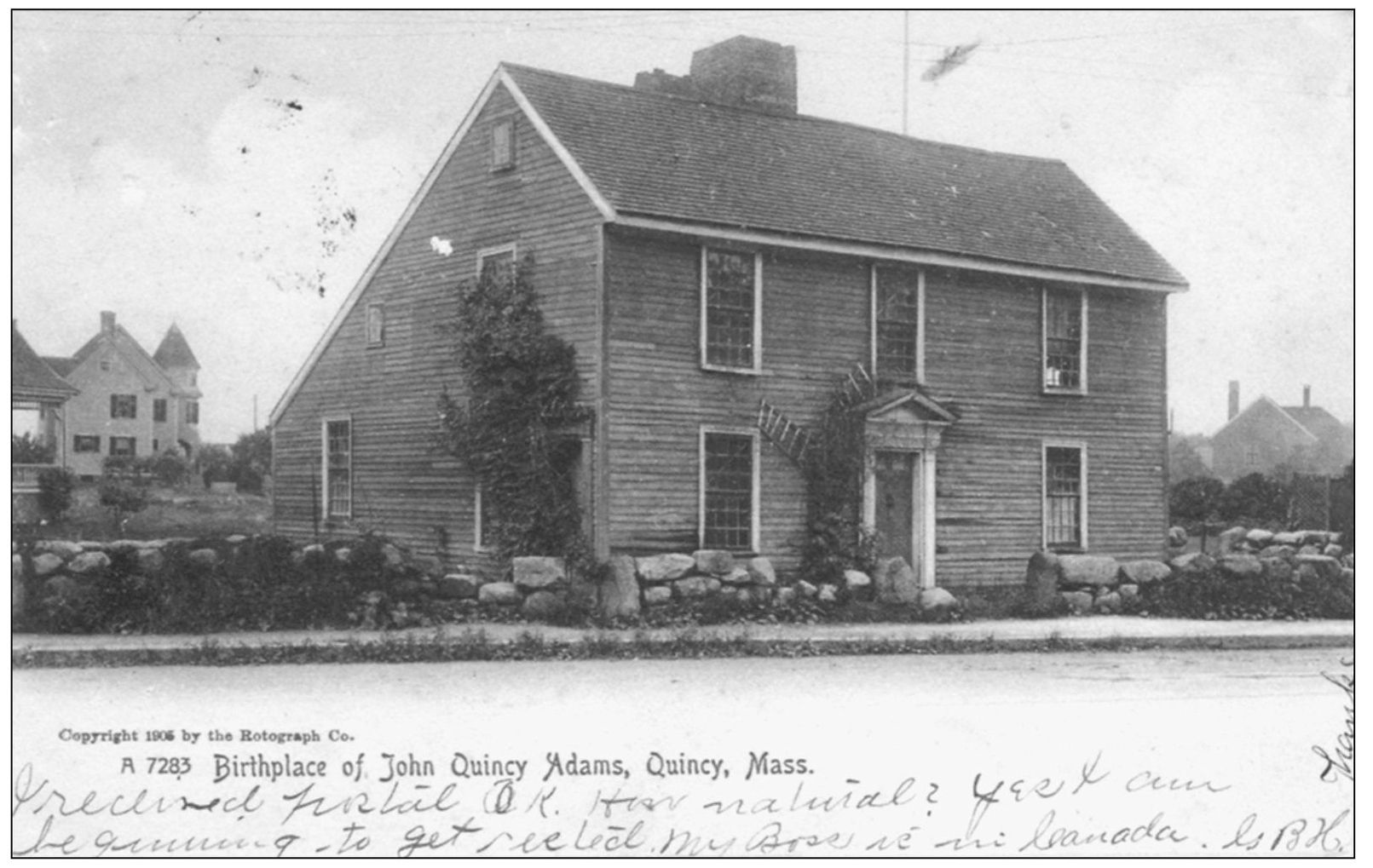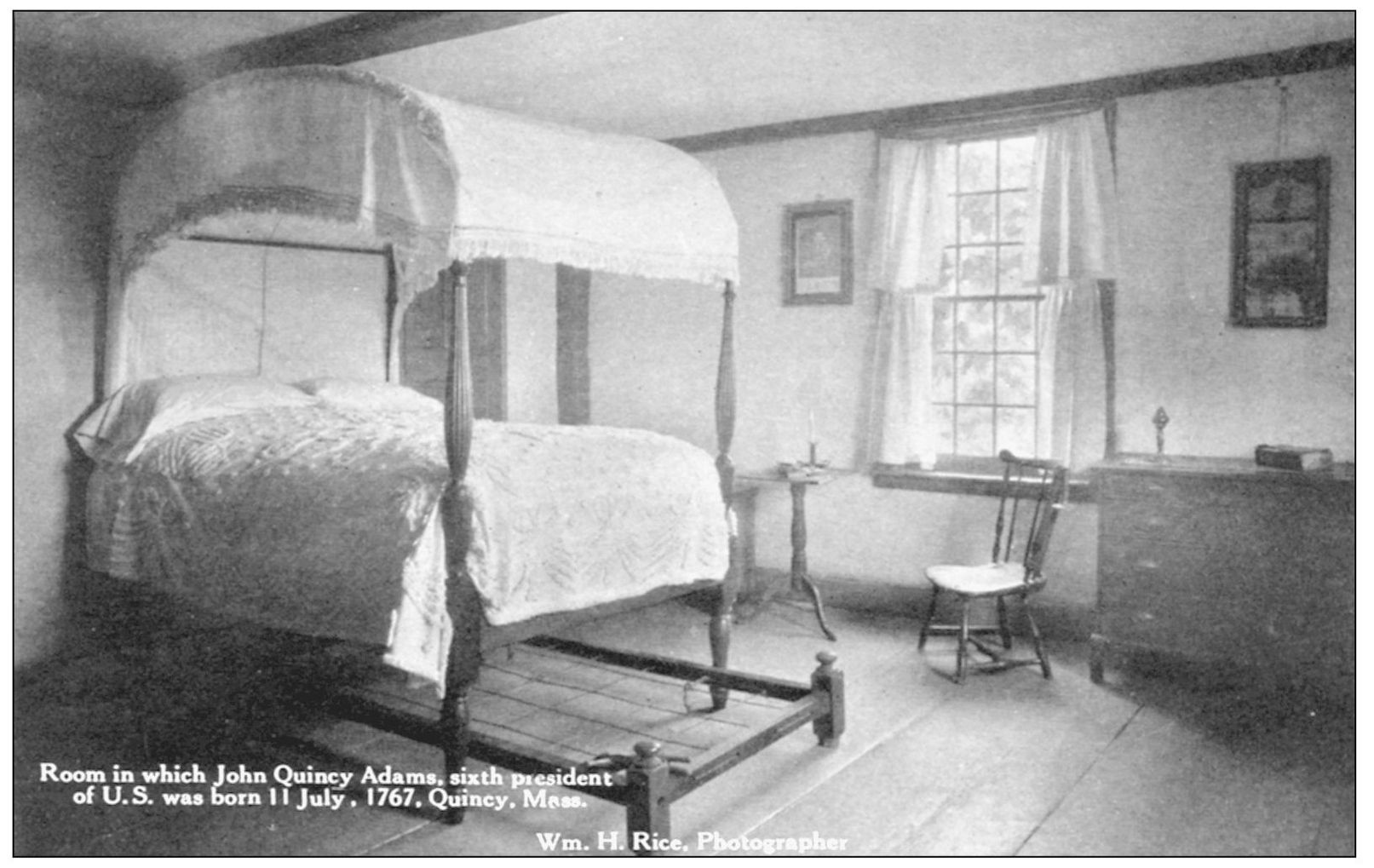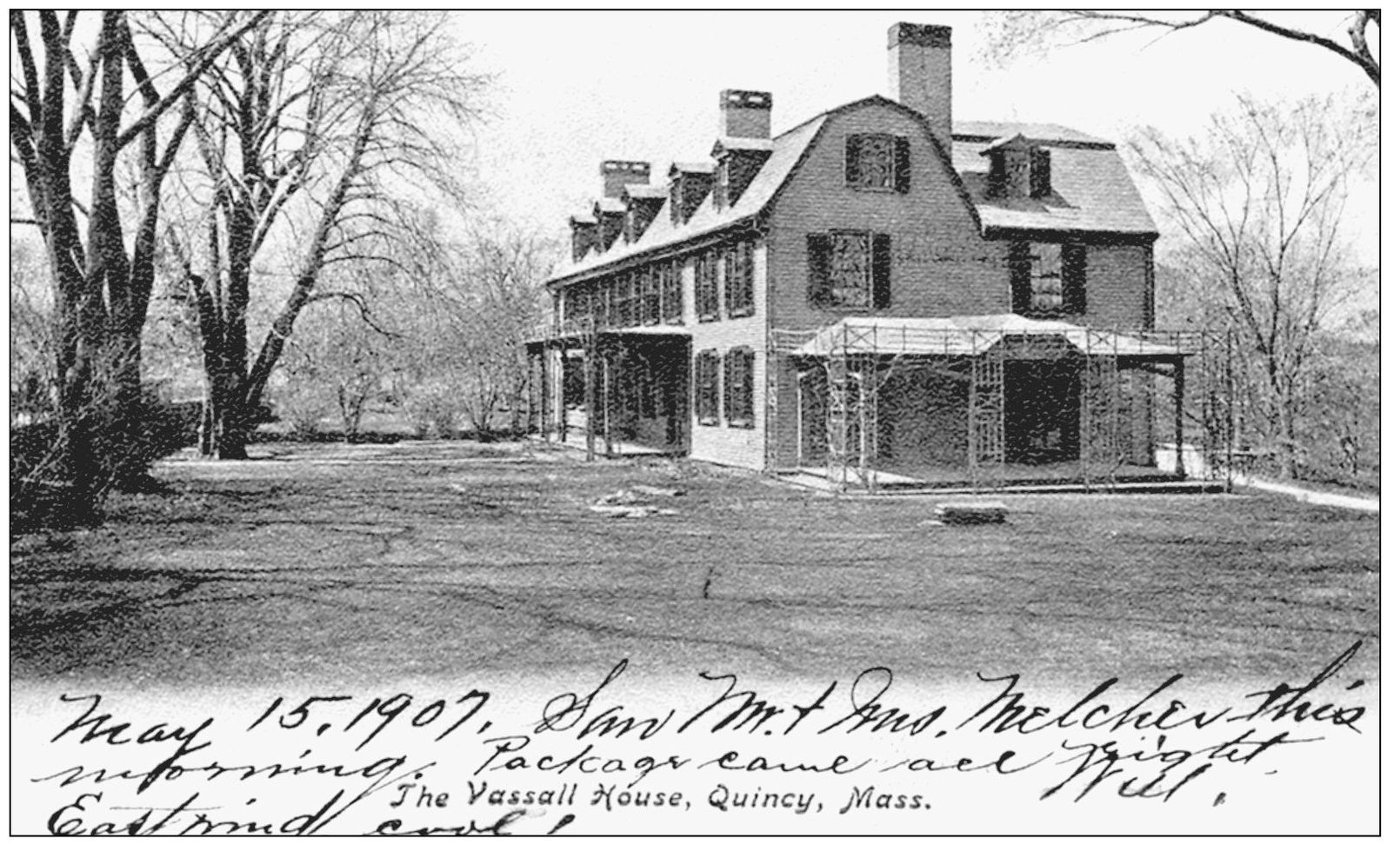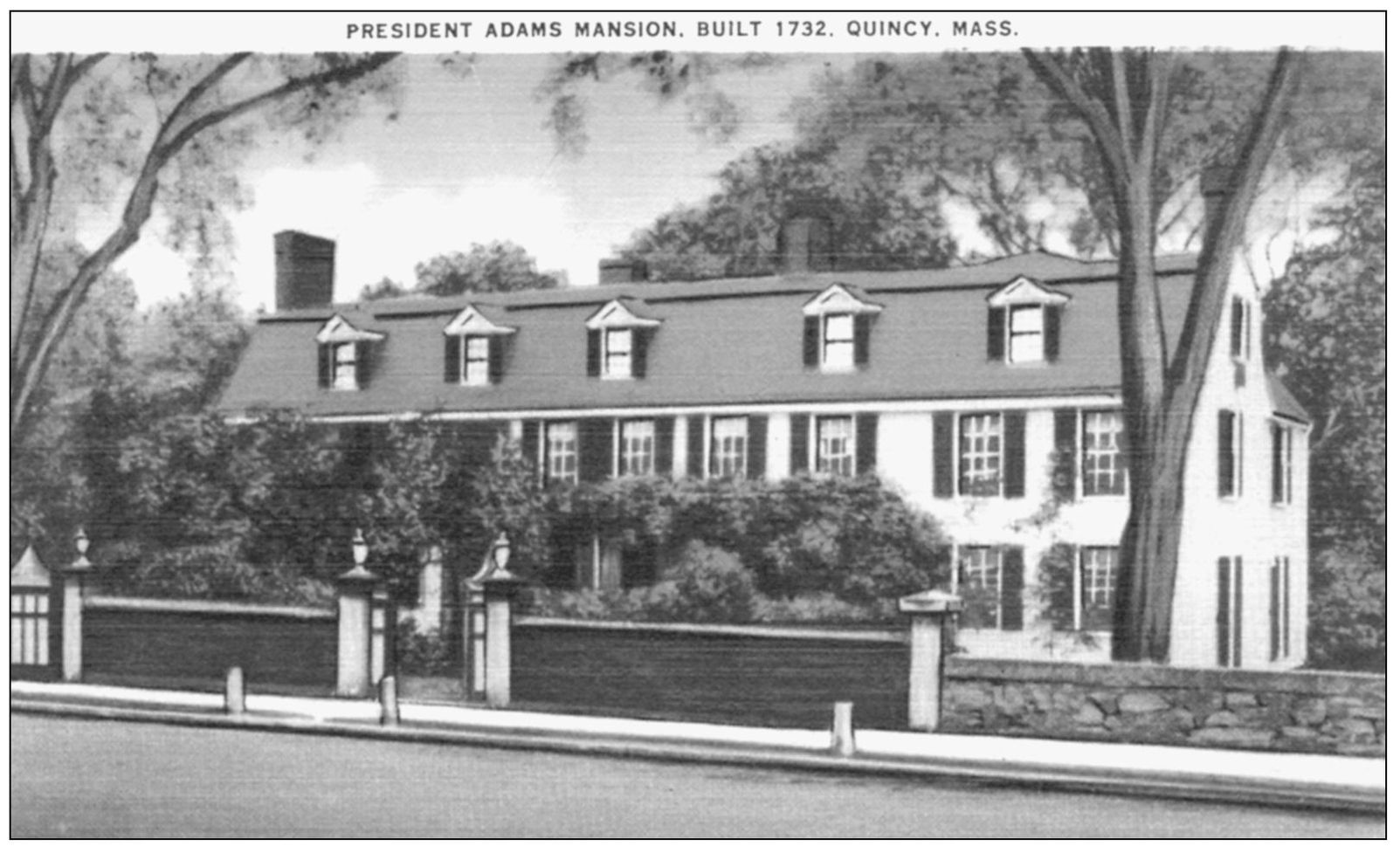One
CITY OF PRESIDENTS
This early postcard illustrates the proximity of the John and John Quincy Adams birthplaces to each other. The publisher of this ornate card clearly gives his name and address on the picture side of the card. Before 1907, large white areas were left on the picture side of postcards because postal regulations restricted the other side to the address only. Legislation changed that after 1906. This postcard bears the postmark 1904.
The two pastel portraits illustrated on this page were painted by Benjamin Blyth in 1764, the year of John and Abigail Adamss marriage. John was born in Quincy (then part of Braintree), was politically active throughout the Revolutionary War era and the Articles of Confederation era, and was elected second president under the Constitution. John died on July 4, 1826, the same day his sometimes friend and sometimes opponent Thomas Jefferson died.
In 1764, Abigail Smith and John Adams were married at the home of Abigails father, Rev. William Smith of neighboring Weymouth. John met Abigail when he called upon the Reverend Smith for instruction. Abigails lively correspondence with John during his government service away from home earned Abigail a reputation as a learned lady. Their correspondence has been collected and published. Abigail died in 1818.
John Quincy Adams was born on July 12, 1767, to Abigail and John. The child was named in honor of his great-grandfather Col. John Quincy. In 1792, a breakaway portion of Braintree chose to name itself after the same Colonel Quincy. John Quincy went on to be the sixth president of the United States under the Constitution. The portrait illustrated on this postcard was painted by John Singleton Copley in 1795.
Louisa Catherine Johnson was born in London on February 12, 1775, to an American father and an English mother. She and John Quincy married on July 26, 1797, against the wishes of Abigail Adams. Louisas family life was marred by failed pregnancies and children who did not survive to adulthood. The 1797 portrait of Louisa illustrated here is believed to have been painted by American artist Mather Brown.
John Adams (born 1692) and his wife, Susannah Boylston (born 1699), purchased this home in 1720. Here their son, John Adams, who was destined to be a major contributor to the independence of the United States and its second president under the Constitution, was born in 1735. The large border on the bottom of the postcard helps identify the postcard as being of the before 1907, undivided-back variety.
Interior views of prominent homes were popular in the first half of the 20th century. This postcard is one of a series giving the public views of the interior of the John Adams birthplace. This postcard shows the living room of that home. The Adamss birthplaces are only 75 feet apart. This postcard was published by the Adams Chapter of the Daughters of Revolution.
John Adams and Abigail Smith made their original home in this house. Quincy was a rural community and part of Braintree at that time. John Quincy Adams, sixth president of the United States under the Constitution, was born here in 1767. It was from here that he, his sister, and his mother made their walk to the top of Penns Hill to view the Battle of Bunker Hill.
The above postcard shows an interior view of John Quincy Adamss birthplace. Notice the trundle bed. This postcard is a part of a series showing interior views of this birthplace. This series was published by the Quincy Historical Society. Both Adams birthplaces are on their original sites, and both are open to the public via guided tours by the Adams National Historical Park.
Maj. Leonard Vassall built the original portion of this mansion in 1731. In 1787, John Adams purchased the home from Major Vassalls grandson and immediately expanded the home. Four generations of the Adams family occupied the mansion from 1788 to 1927. The Adams Memorial Society operated and maintained the property until they gave it to the federal government in 1946. The building can now be toured in season through the Adams National Historical Park.
Use of an inexpensive paper gave a linen effect to some postcards printed from 1930 through 1945. Images on a linen postcard have an almost artificial style and hardly appear as a photograph. Although initially popular with the public, linen postcards did not gain popularity with collectors until the 1990s. Here is another view of the Adams Mansion. Notice the stone and brick wall and the hitching posts along the sidewalk.

